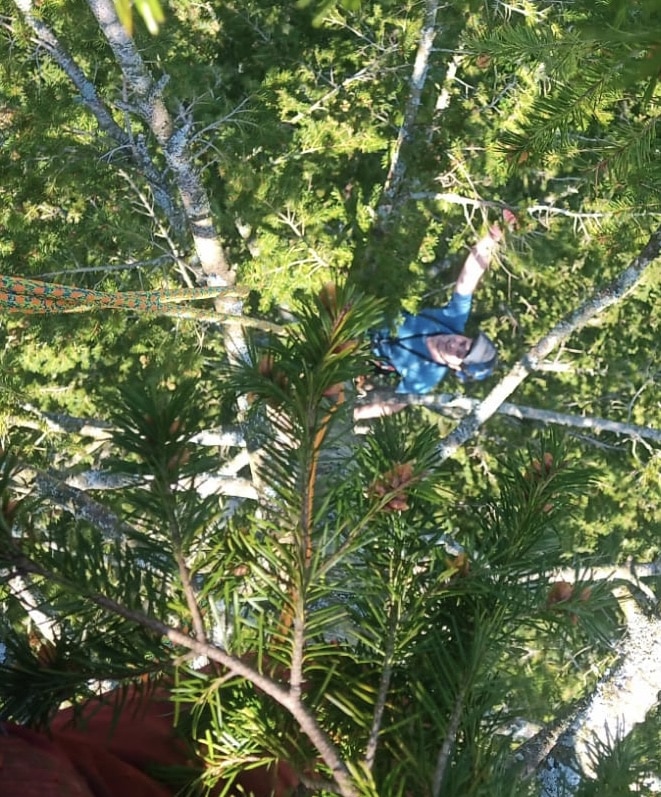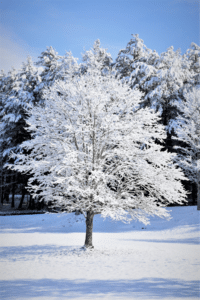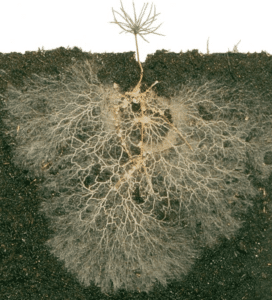
In my next series of blogs, I will tackle the subject of various technical terms and methods of tree work. Hopefully this will be clear, demystify the subject and leaving you empowered and armed to make a sound judgement. What is crown reduction all about?
So, what is a crown reduction?
Let’s start with the term crown. This is the overall shape of the tree which describes the outer tips of the branches and leaves. Sometimes a tree will out grow its position. This can be in instances where the tree is growing into power lines or overhanging a house or is significantly taller than a house and so has the to deal with the full force of the wind. Crown reduction can reduce the sail effect of the wind as can crown thinning, more on that later.
So, what does a crown reduction look like afterwards?
Happily, it still looks like a tree that has a natural shape to it, sometimes when the crown is lop sided it can be used to crown balance the tree. This helps stabilise the strain on the bio mechanics of the trunk and the root plate.
How much gets taken off in a crown reduction?
This where opinion will vary depending who you talk to. A crown reduction is a light prune removing peripheral branches. The main structure of the tree and all the major branches should remain untouched unless there are good grounds to do that e.g., storm damage. In essence you should have a similar but smaller outline. Normally I would recommend 15% as a good guide this will obviously vary according to species of tree. Some trees can cope with hard pruning such as willow other trees can only deal with a light superficial prune such as silver birch.
Reasons for pruning?
As trees mature, they naturally produce deadwood which can snap off at any time, if the tree is competing for light the shape of the crown can be compromised. The direct benefit of this is in storm conditions the tree is made safer and less prone to branches falling off and damaging either person or property. The best approach I say to my customers in Manchester is to think of formulating a five-year plan. So, on a five year cycle the tree gets pruned and the potential risk gets significantly reduced.
When should a tree get crown reduced?
Most people would say late autumn and winter, and that would be true of many trees but not all. Lime trees for example are prone to the frost on new cuts so late summer after any blooms is a safer time for this type of tree.
Is a crown reduction good for the tree?
New growth is encouraged through phototropism. So short answer yes. When a tree is producing juvenile growth, the tree will naturally have a lot more vigour. When there is a lot more vigour in the tree the tree is naturally more pest and disease free.
How does a crown reduction help with fighting disease?
If the tips of the branches have a disease attacking them then removing that from the rest of the tree prevents further spread of the disease. This also helps stop the spread to neighbouring trees in the area.
It’s not all about the tree… Say what?
For the most part we let trees grow unhindered what ever way they please some times this is good some times this is not. Aesthetically pleasing to your eye is also important and should not be undervalued.
What about topping?
Firstly, this term refers to a more indiscriminate procedure that more often than not leaves the tree looking ugly and unappealing. As with humans so it is also with trees. Simply the bigger the cut the greater the risk. Topping usually entails doing a lot of big cuts. Occasionally this is necessary we don’t live in a closed system where everything is uniform and always the same. However, it is not usually considered best practice and should be carefully considered before going ahead with that option.
What about power lines and phone lines?
Keeping the tree in check from lines is a good thing. I once cut back a tree in Glossop where the outer black sheaf was worn off and the inner red and yellow leaving the copper exposed. Constant movement in the wind caused the line to deteriorate.


Sometimes this presents challenges that are, well a bit impossible to remedy bar replacing the line entirely. Obviously at this point it is time to call your supplier. Sometimes our solutions require a compromise, see below.


Does crown reduction help when my tree is weighted to one side?
In Manchester this is a more common problem than you would think. The typical scenario I see repeated in virtually every garden is this. The garden is beautifully landscaped and a brilliant job has been done without doubt. However, in a bid for the landscaper to give the customer the perception of value for money it is over planted. This is ok as long as the plants and trees are young and juvenile but not so good as they reach maturity.
The trees are often competing for light, water and nutrients. A tree will always follow the light which more often than not leaves it one sided. Thinning the trees out helps this is regarded as good forestry management. But this still leaves a tree that is weighted to one side reducing this weight relieves the pressure of the limbs of the tree, the torsion on the trunk and the strain on the root plate. Result? A safer tree more able to with stand the rigours that our weather throws at it.
That concludes this blog, is crown reduction a good thing to do? Short answer yes.
Although this is not purely a book about trees the RHS book on pruning and training is an excellent start in developing your knowledge base on this subject.
Although this is not purely a book about trees the RHS book on pruning and training is an excellent start in developing your knowledge base on this subject.
More on crown reduction on another of our pages:
Crown reduction for your trees – Roots and Shoots Manchester









